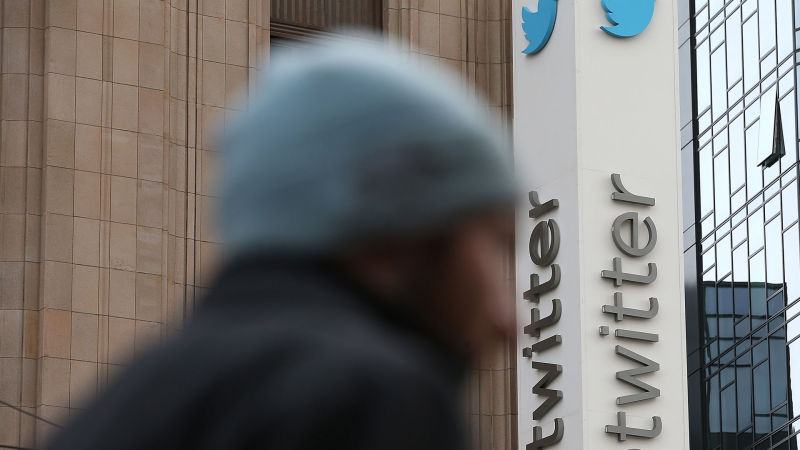Naomi Kelly: "The business within the area, and this is just a snapshot based off the controller's report and a snapshot of 2013 … but the businesses within the area paid $7.6 million more in payroll taxes in 2013 than they did in 2010. So it's more payroll taxes that came in. And the area generated $7.1 million dollars more in payroll tax than it would have if it had grown at the same rate as the rest of the city from 2010 to 2013. So based on the average wage information for the city, this $7.1 million in payroll tax represents approximately 3,000 jobs."
Michael Krasny: "You still one out of four Tenderloin residents below the poverty line. That hasn't changed, I don't think, has it?"
NK: "But I think that was happening before. What has changed is if you would have walked down Market Street in 2010, you had nothing but vacancies. And now you don't. You have 61 more businesses in this area, creating jobs."
What's Missing from the Mid-Market Tax Break Plan
"Part of what was not, I think, well thought through in the moment was the degree to which [the tax break] would bring in high paying jobs without the concomitant low and middle income jobs. So part of what's missing in the tax structure is saying we're going to give breaks also to those people who support, who have security jobs and janitorial jobs and home health care jobs and those kinds of things. That's really exacerbated the income gap in our neighborhood so now we've got this real divide between those who are incredibly impoverished and those who have an awful lot of money that they're coming in with. And there's a lot of competition for the resources that are there. Whether it's housing or whether it's a place to eat. We talk a lot about psychological displacement which has a lot to do with say 'I've been having dinner every night at the Lafayette Cafe and I've been paying $5.00 or $6.00 for dinner. All of a sudden that goes away and now I have to seek out dinner someplace else and it's a $15 hamburger.
– Sam Dennison
On the Income Gap in the Mid-Market Area
"Much of what's in the Community Benefit Agreements (CBAs) at this point has represented a lot of growth over the last year. Increases in the amount of money and time and so on that's going towards good works. But what's not there is really that commitment to say 'We are all engaged with this issue of displacement.'. And I know that on a personal level each of the liaison's is really committed to that, but we need to see the companies and the rank and file in senior management get involved with that issue, largely because displacement is not something that is caused by one group or caused by people coming in and living in the neighborhood. It's systemic. And if we're going to address displacement we have to do it together and we need a coalition and we need that commitment to coalition." "I have to give a lot of credit to Spotify who … is going to sponsor a roundtable with lots of different people from developers to tech companies to nonprofits and residents to really sort of start working on more of what we can do about displacement."
– Sam Dennison
On Twitter's Neighborhood Learning Center
"Twitter Neighborhood Nest is a really big bet we're making in the neighborhood. It's investing over $3 million across the street from Twitter, a 4,000 square foot learning center that will be in Fox Plaza. This will be a place where we feel like magic is going to happen, where we are going to be able to invite clients of our community partners to come in and connect with Twitter volunteers to learn, to work on their homework. to get access to computers, to get access to technology, basic employment skills, housing skills and technology but also just really figuring out how to build community together and have more connections in the community."
– Caroline Barlerin
On Zendesk’s Positive Reviews
"Zendesk was the first tech company to move to mid-Market and take advantage of the payroll tax exclusion, which put us in the neighborhood in 2011. And then we had the very first Community Benefit Agreement that kicked off in 2012. And what was great about that was, for that whole first year, it was just us and the Citizens Advisory Committee. So it was a great kind of independent study for us really to get to know the neighborhood and we kind of got to go through that year getting a lot of individual attention and feedback.
I think why we have been accepted so well into the community has a lot to with our frequency in it and we're also located sort of really in the heart of the Tenderloin. We're at 6th and Market, which is a very famous corner, up there with Turk and Taylor in the neighborhood. And the way we've kind of structured how we were going to be involved is we were going to get the employees out in the neighborhood as often as possible. So right now, with our current number of employees, we're able to support at least one volunteer activity per week in the neighborhood."
